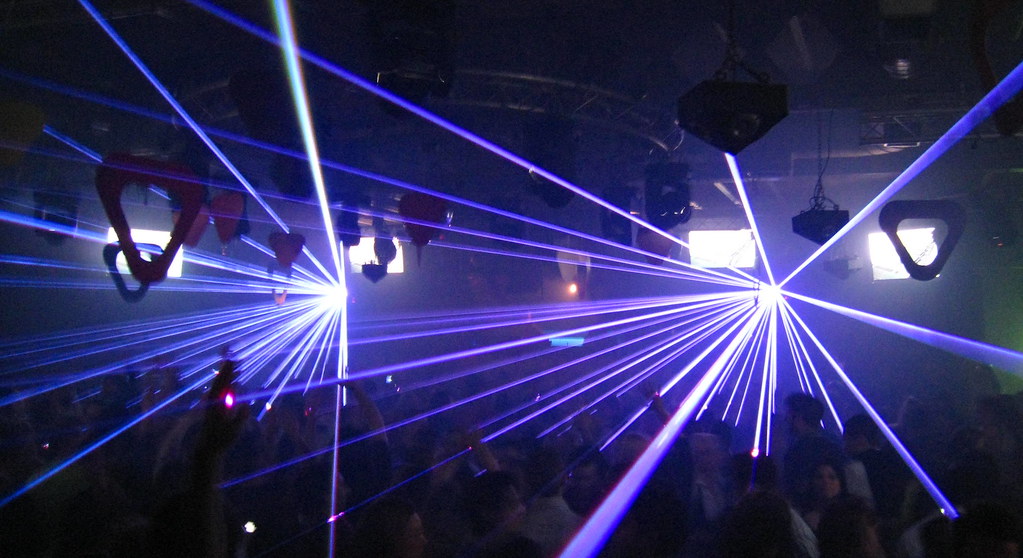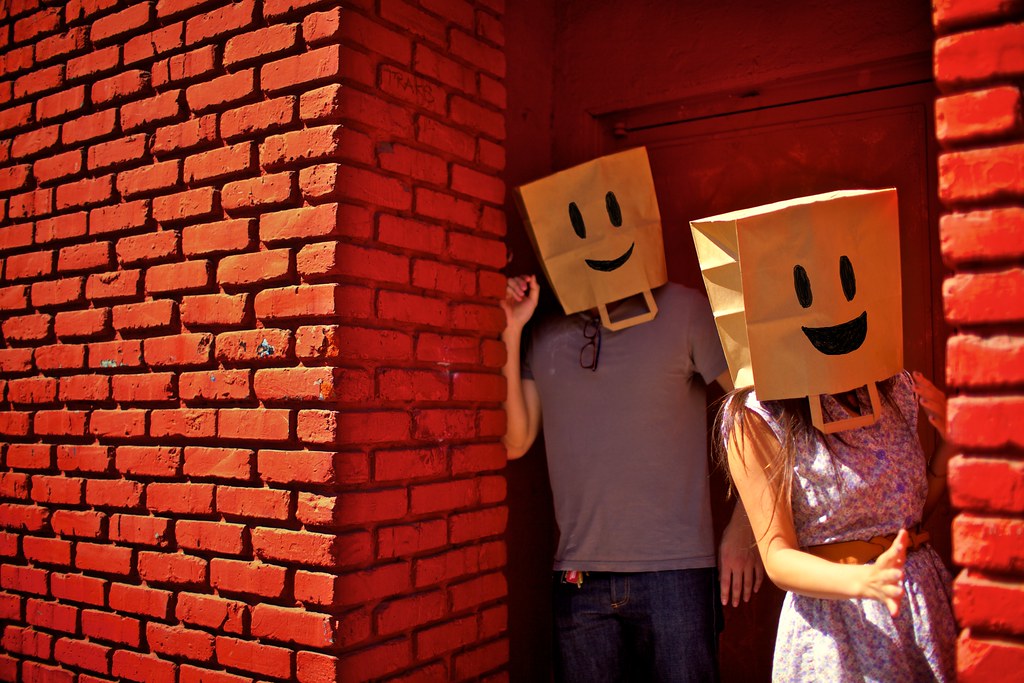 “Ministry Of Sound – Laser Light Show with DJs Deep Dish” by Anirudh Koul is licensed under
“Ministry Of Sound – Laser Light Show with DJs Deep Dish” by Anirudh Koul is licensed under
SUMMARY
Role
Sound designer
Intention (SMART Goal)
By March 2nd as part of team 1, I will explore the visual story element of rhythm by following “The Visual Story” book by Bruce Block and will have created rhythmic scenes in our session 3 project.
PRE-PRODUCTION – INQUIRY
Leader(s) in the Field / Exemplary Work(s)
Gary Rydstrom is an American sound designer, re-recording mixer, and a director. Rydstrom has won 7 out of the 20 Academy Awards he has been nominated for because of his sound designing skills.
Training Source(s)
The Visual Story by Bruce Block
Rhythm
- Alteration, repetition, tempo
- Rhythm of stationary objects: accented and unaccented
- Rhythm of moving objects: primary rhythm, passing another object, moving and stopping, changing directions, secondary rhythm, editorial rhythm,
- The event: continuous event, fragmented event
- Rhythmic patterns
- Contrast and affinity: slow/fast, regular/irregular
Project Timeline
| February 18 | Brainstorm, Write Script |
| February 23 | Finish script |
| February 24 | Film Scenes |
| February 25 | Continue Filming Scenes |
| February 28 | Record ADR |
| March 1 | Compose Music |
| March 2 | Edit Scenes |
| March 3 | Create slideshow, Continue editing |
| March 4 | Finish Editing |
PRODUCTION – ACTION
The (FILM, SOUND, or GAME Creation)
Skills Commentary
https://docs.google.com/presentation/d/1t8v1zrEnytwyiI9J4Nre2C65_2X3WNUa0wUHCeiYLuE/edit?usp=sharing
In this session, I was in charge of sound in the film. I used 2 audio sources, recorded room tone, and made some sound effects after filming was done. I also recorded the dialogue of the characters after shooting scenes as well. The director and I collaborated with composing the background music in the film.
POST-PRODUCTION – REFLECTION
21st Century Skills
Ways of Thinking (Creativity, Innovation, Critical Thinking, Problem Solving)
I was innovative in creating sound effects for the film after shooting the scenes.
Ways of Working (Communication & Collaboration)
I collaborated with the actors in recording ADR after shooting the scenes.
Tools for Working (Info & Media Literacy)
I leaned about the multiple visual story elements through the book The Visual Story by Bruce Block.
Ways of Living in the World (Life & Career)
I now have more knowledge about sound design that I can carry forward and possibly make a career out of.
Reactions to the Final Version
“I liked that the beginning, middle, and end was clear” – Michelle
Self-Evaluation of Final Version
Our film this session was Simple because the plot was easy to follow, Unexpected because the plot twist at the end, Emotional because the main character ends up getting caught, and it is a Story because it contains a beginning, middle, and end.
What I Learned and Problems I Solved
I learned a little about all the visual story elements and I used the rhythm element in our group’s film this session. I have grown as a person because I can now use these elements that I have learned in future projects yet to come.
Grammar and Spelling
Edublogs spell checker.
Editor
Ethan
